Top Tips for Ecommerce Conversion Rate Success
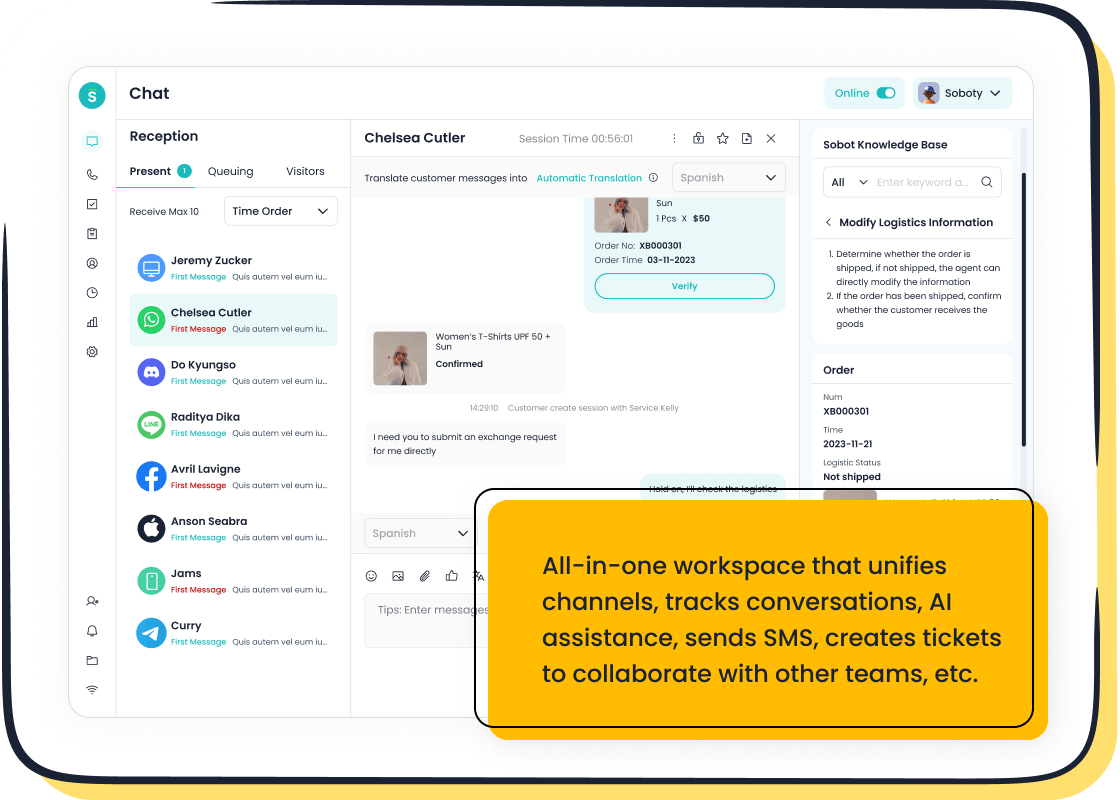
Boosting your ecommerce conversion rate is more than just a numbers game—it's the key to growing your business. A higher rate means more customers, which leads to better sales and stronger brand loyalty. Did you know a conversion rate above 3.2% puts you in the top 20% of online stores? With actionable tips like improving checkout design or personalizing customer interactions, you can achieve results that rival the best. Sobot's ecommerce conversion rate optimisation tools help businesses like yours turn visitors into loyal customers.
Understanding Ecommerce Conversion Rates
What Is an Ecommerce Conversion Rate?
An ecommerce conversion rate measures how many visitors to your online store complete a desired action, like making a purchase. It’s calculated as a percentage, giving you a clear picture of how effectively your website turns browsers into buyers. For example, if 100 people visit your site and 5 make a purchase, your ecommerce conversion rate is 5%.
This metric isn’t just about sales. It can also track actions like signing up for a newsletter, downloading a guide, or adding items to a cart. By understanding this rate, you can identify areas to improve and create strategies that drive more meaningful interactions with your customers.
Tip: A good ecommerce conversion rate typically falls between 2.5% and 3%. If your rate is above 3.2%, you’re already outperforming 80% of online stores!
Why Ecommerce Conversion Rates Matter
Your ecommerce conversion rate is a direct reflection of your store’s performance. A higher rate means more customers are taking action, which leads to increased revenue and stronger customer loyalty. But why does this matter so much?
- Revenue Growth: Even a small increase in your conversion rate can lead to significant revenue gains. For instance, Residence Supply improved its product pages and saw a 17.4% boost in conversions, resulting in higher revenue.
- Customer Insights: Tracking conversion rates helps you understand customer behavior. Are visitors abandoning their carts? Are they clicking on your ads but not buying? These insights allow you to tweak your strategies.
- Competitive Edge: In industries like fashion or electronics, where conversion rates hover around 3.5%, outperforming competitors can set your brand apart.
Here’s a snapshot of average ecommerce conversion rates across industries:
| Industry | Average Conversion Rate | Challenges |
|---|---|---|
| Luxury Goods and Jewelry | 1.33% | Longer decision-making processes, higher trust requirements |
| Electronics and Consumer Tech | 4.5% | Extensive review reading, price comparisons |
| Beauty and Personal Care | 4.92% | Strong brand loyalty, repeat purchase patterns |
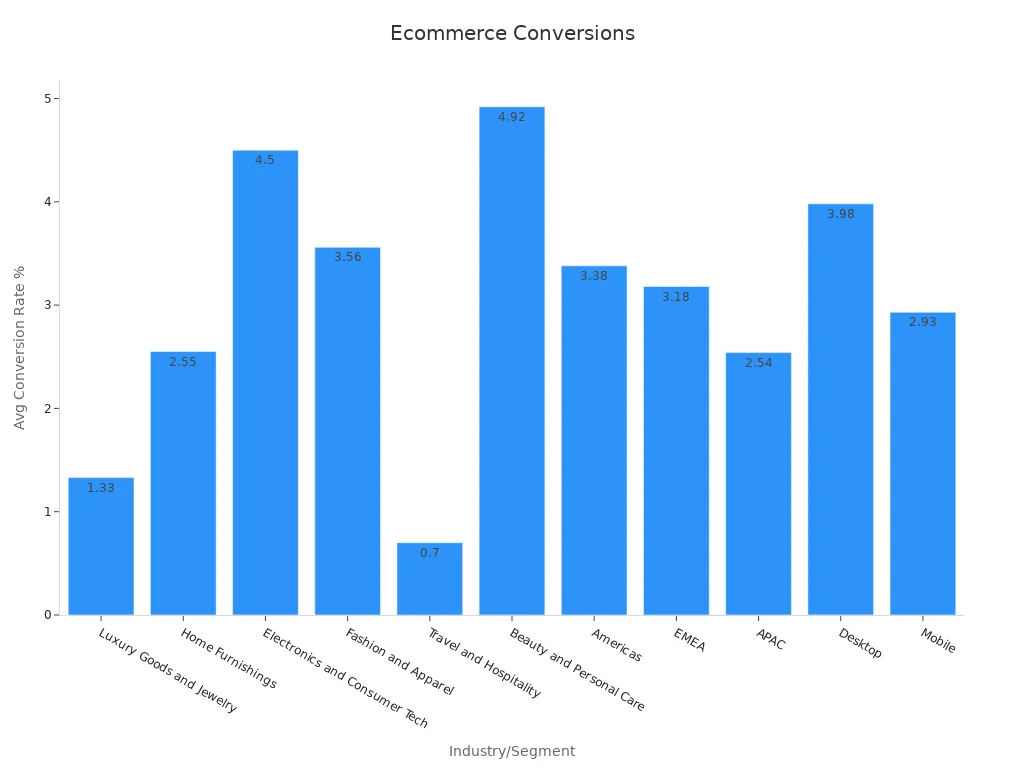
How to Calculate Ecommerce Conversion Rates
Calculating your ecommerce conversion rate is simple. Use this formula:
Conversion Rate = (Conversions / Total Visitors) × 100
Let’s say your store had 1,000 visitors last month, and 25 of them made purchases. Your ecommerce conversion rate would be:
(25 / 1,000) × 100 = 2.5%
But there’s more to it than just plugging numbers into a formula. Accurate tracking is essential. Here are a few tips to ensure precision:
- Filter Out Bot Traffic: Bots can skew your data, making your conversion rate appear lower than it actually is.
- Track Multi-Device Journeys: Customers often browse on mobile and complete purchases on desktop. Use tools that track cross-device behavior.
- Simplify Checkout: Industry benchmarks show that simplifying the checkout process can boost conversion rates by up to 35%.
For checkout-specific metrics, you can calculate the checkout completion rate:
Checkout Completion Rate = Completed Purchases ÷ Checkout Initiations
Top-performing stores achieve completion rates above 50%, while the average hovers around 30-40%.
Note: Companies using real-time analytics often see a 15-20% increase in conversion rates. Tools like Sobot Live Chat can help you track and optimize these metrics effectively.
Ecommerce Conversion Rate Optimisation with Website Usability
Simplify Navigation for Better User Experience
Your website’s navigation is like a map for your visitors. If it’s confusing, they’ll leave before they even find what they’re looking for. Simplifying navigation can significantly improve e-commerce conversion rates by reducing frustration and helping users find products faster.
- The 3-Click Rule suggests users should reach their desired page within three clicks. This reduces cognitive load and keeps them engaged.
- Clear navigation pathways prevent confusion and encourage users to explore more. For example, Derek Rose improved their conversion rate by 37% after optimizing navigation and addressing user friction.
- Tools like heatmaps and session replays can help you identify problem areas. RAINS used these tools to fix checkout flow issues, boosting conversions by 10%.
A streamlined navigation process doesn’t just boost conversion rates—it also creates a positive user experience that keeps visitors coming back.
Optimize Page Load Speed to Reduce Bounce Rates
Did you know that a slow-loading page can cost you sales? Research shows that as page load time increases from 1 to 10 seconds, bounce rates skyrocket by 123%.
| Page Load Time (seconds) | Increase in Bounce Rate (%) |
|---|---|
| 1 to 3 | 32 |
| 1 to 5 | 90 |
| 1 to 10 | 123 |
To boost conversion rates, aim for a load time of under 3 seconds. Compress images, use a content delivery network (CDN), and minimize unnecessary scripts. Faster pages not only improve e-commerce conversion rates but also enhance the overall user experience.
Use Clear and Compelling Call-to-Actions (CTAs)
Your CTAs are the final nudge that turns a visitor into a customer. A well-placed, clear CTA can make all the difference.
- Personalized CTAs perform 202% better than generic ones. For instance, changing “Book a Demo” to “Get Started” increased conversions by 111.55%.
- Single-CTA emails increase clicks by 371%, showing the power of simplicity.
- Placing CTAs at the bottom of long landing pages can boost conversions by 304%.

Make your CTAs action-oriented and easy to spot. Phrases like “Add to Cart” or “Shop Now” work wonders when paired with vibrant buttons. These small tweaks can dramatically improve e-commerce conversion rates.
Leveraging Social Proof to Improve E-Commerce Conversion Rates
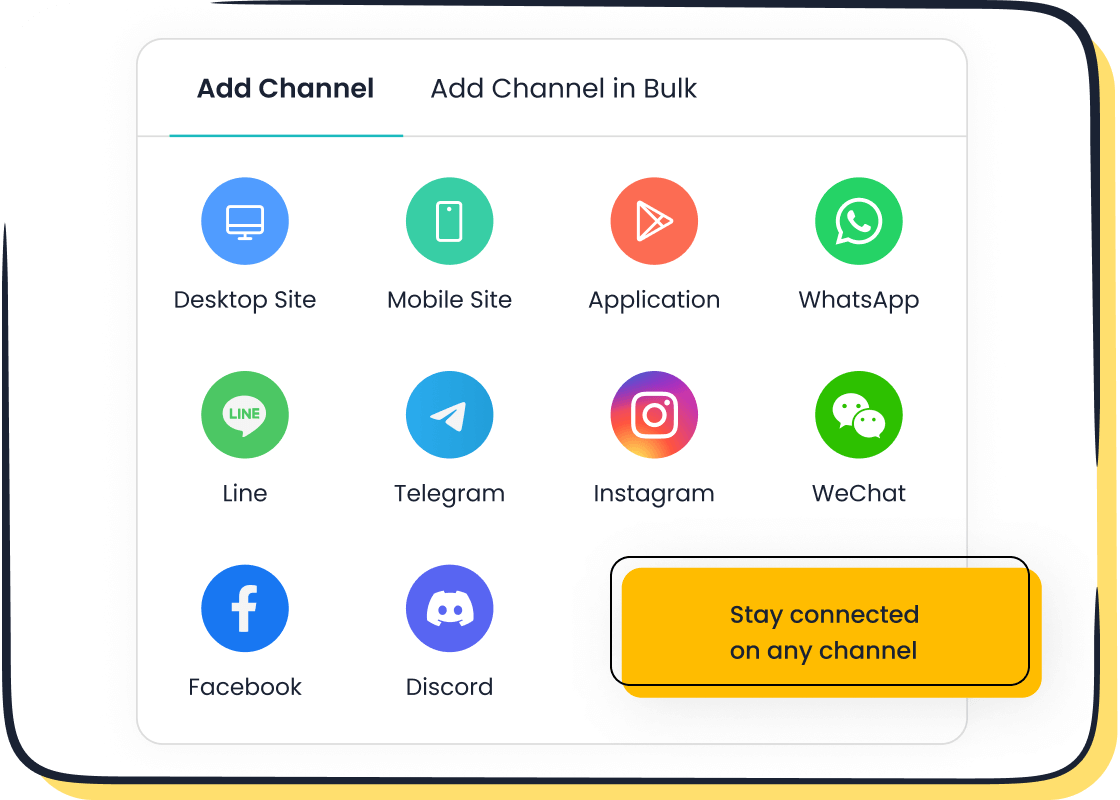
Add Customer Reviews and Testimonials
Customer reviews and testimonials are powerful tools for boosting e-commerce conversion rates. They act as a form of social proof, showing potential buyers that others trust your products. Did you know that 93% of consumers say online reviews influence their purchase decisions? Positive feedback builds confidence, while poor reviews can steer customers away.
Adding reviews to your product pages can make a noticeable difference. For example:
- Reviews increase customer confidence, making them more likely to complete a purchase.
- Analyzing conversion rates before and after adding testimonials often reveals a positive impact on buyer behavior.
- Online feedback reassures hesitant shoppers, improving overall conversion rates.
To maximize the impact, encourage customers to leave reviews after their purchase. Highlight testimonials that showcase specific benefits, like fast delivery or free shipping, to address common concerns.
Showcase Trust Badges and Certifications
Trust badges are small but mighty when it comes to improving e-commerce conversion rates. They signal to customers that your site is secure and reliable. Here’s a quick look at some trust badges that can boost buyer confidence:
| Trust Badge Type | Description |
|---|---|
| Third-party Endorsement Badge | Shows credibility from recognized entities. |
| SSL Certificate Trust Badge | Reassures customers about secure data transfer. |
| Social Media Trust Badges | Highlights verified business presence on platforms like Facebook or Instagram. |
| Customer Logo Trust Badges | Displays logos of reputable companies you’ve partnered with. |
| Industry Awards Trust Badges | Demonstrates recognition from industry experts. |
Adding these badges to your checkout page or product listings can reduce hesitation. For instance, an SSL badge ensures customers their payment details are safe, while a free shipping badge can encourage them to complete their order.
Highlight User-Generated Content (UGC)
User-generated content (UGC) is another excellent way to improve e-commerce conversion rates. Shoppers trust content created by other customers because it feels authentic. In fact, visitors exposed to UGC experience an 8.5% increase in conversions.
Here’s how UGC can work for you:
- Displaying UGC, like photos or videos of customers using your products, can lead to a 3.8% lift in conversions.
- Interacting with ratings and reviews results in a 108.6% conversion boost.
- Q&A interactions on product pages can drive a 177.2% higher conversion rate.
Encourage your customers to share their experiences on social media. Feature their posts on your website to create a sense of community and trust. Pairing UGC with incentives like free shipping can further motivate purchases.
Pro Tip: Make it easy for customers to upload their content directly to your site. This not only enriches your product pages but also strengthens your brand’s credibility.
Optimizing for Mobile to Boost Ecommerce Conversion Rates
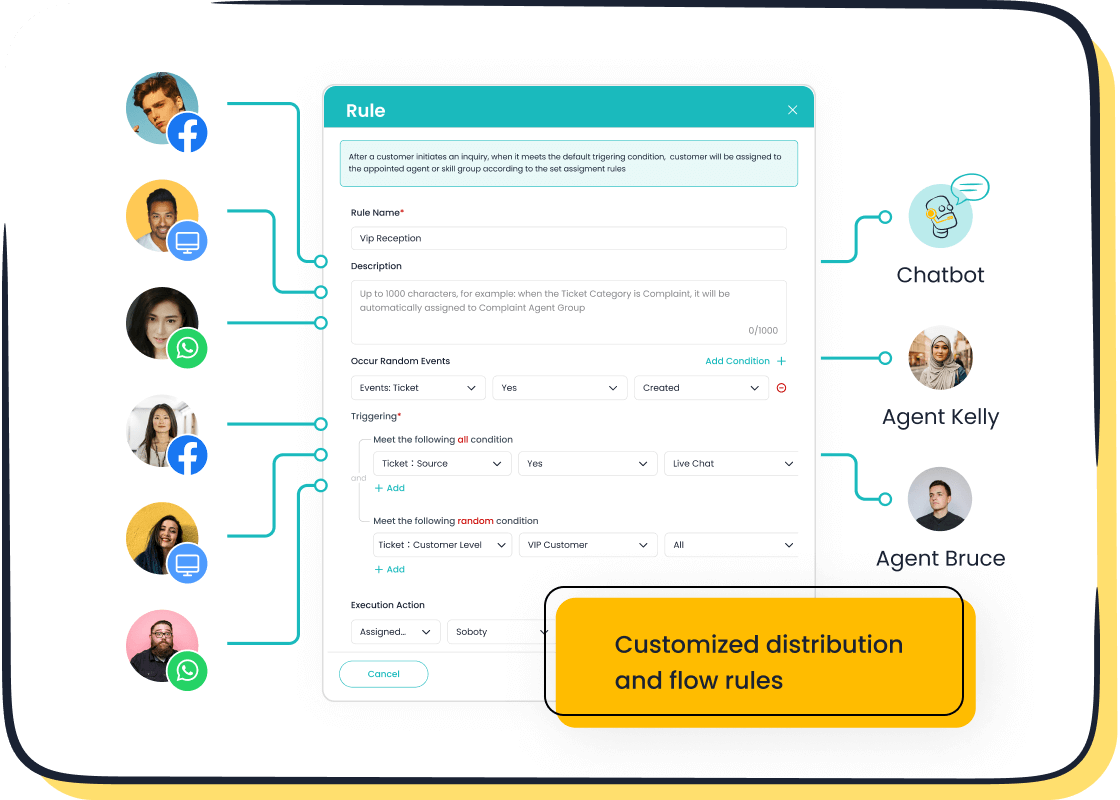
Ensure Your Website Is Mobile-Friendly
Mobile shopping is booming, and your website needs to keep up. Did you know mobile ecommerce sales hit $2.2 trillion in 2023, making up 60% of total online sales? By 2027, this number is expected to grow to 62%. If your site isn’t mobile-friendly, you’re leaving money on the table.
| Statistic | Value |
|---|---|
| Mobile Ecommerce sales in 2023 | $2.2 trillion (60% of total) |
| Share of mobile Ecommerce expected in 2027 | 62% |
| Percentage of online sales from mobile devices in the last year | 56% |
| Users who will switch to competitors after a bad mobile experience | 40% |
| Smartphone users who made a purchase online in the last 6 months | 79% |
A mobile-friendly website isn’t just about resizing your desktop version. It’s about creating a seamless experience for users on smaller screens. Touch-friendly buttons, fast-loading pages, and high-quality content are essential. Slow sites frustrate users, and 40% of them will switch to a competitor after a poor mobile experience.
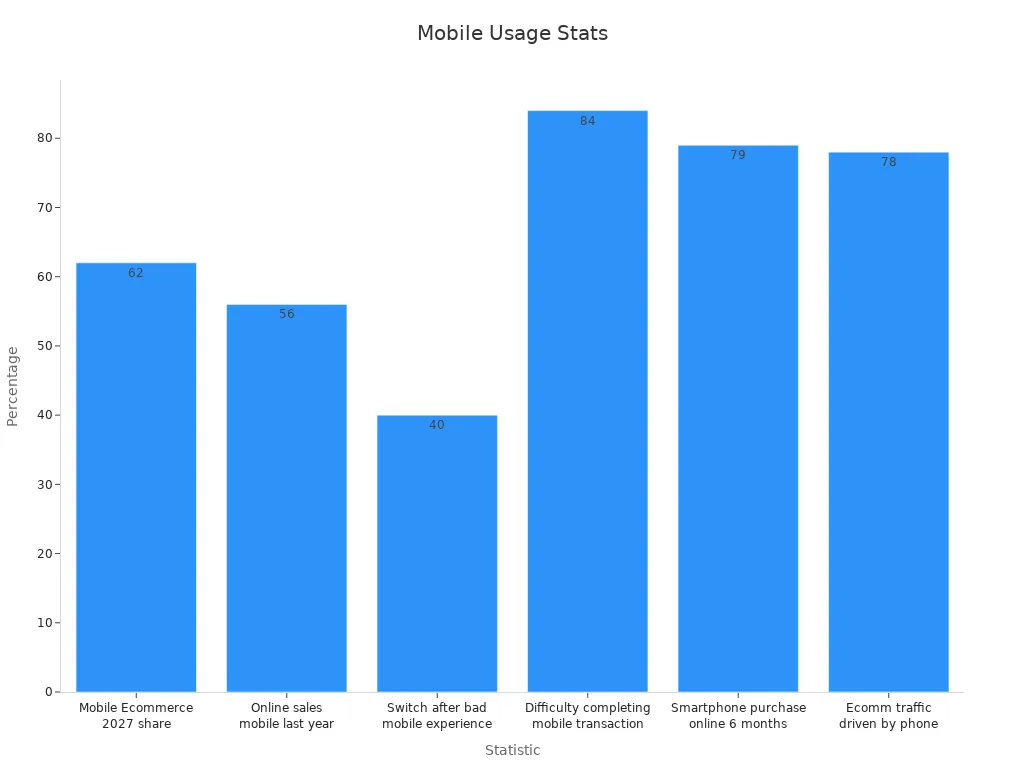
Simplify Mobile Navigation and Forms
Mobile users want speed and simplicity. If your navigation or forms are clunky, they’ll leave. Simplified forms reduce frustration and abandonment rates. For example, Instagram’s minimal sign-up form and Uber’s numerical keypad for phone numbers make the process quick and easy.
Here’s how you can simplify navigation and forms:
- Use clear menus that guide users to what they need.
- Keep forms short—ask only for essential information.
- Add autofill options to save time.
Clear navigation helps users find products faster, while simple forms make checkout a breeze. These small changes can lead to big improvements in your mobile conversion rates.
Use Mobile-Specific Features Like Click-to-Call
Mobile users love convenience, and features like click-to-call make their lives easier. Google’s mobile click-to-call ads show how effective this can be. Businesses can track high-value calls and even prioritize them for better ROI.
Adding click-to-call buttons on your site lets customers contact you instantly. This is especially useful for service-based businesses or high-ticket items where buyers may have questions before purchasing. It’s a simple feature, but it can significantly boost your conversions.
Tip: Pair click-to-call with fast-loading pages for an unbeatable mobile experience.
Enhancing Checkout Processes for Conversion Rate Optimization
Offer Guest Checkout Options
Have you ever abandoned a purchase because a website forced you to create an account? You’re not alone. Many shoppers hesitate to register due to privacy concerns or the hassle of filling out extra forms. Offering a guest checkout option removes this barrier, making it easier for customers to complete their purchases.
Here’s why this matters:
- Shoppers prefer guest checkout because it requires minimal information.
- Sixty-five percent of businesses report sales delays caused by privacy concerns.
- Research shows that customers are increasingly reluctant to register online, which impacts revenue.
By allowing guest checkout, you reduce friction in the checkout process and make your store more appealing to first-time buyers. This simple change can lead to higher conversion rates and fewer abandoned carts.
Minimize the Number of Checkout Steps
Every extra step in your checkout process is a potential exit point for customers. Simplifying the flow can make a huge difference. A global retailer once reduced its form fields and streamlined navigation, which significantly decreased cart abandonment rates.
Take a look at how reducing form fields impacts conversion rates across industries:
| Industry | Original Form Fields | Optimized Form Fields | Conversion Rate Improvement |
|---|---|---|---|
| E-commerce (Fashion) | 15 | 9 | 12% |
| SaaS (Software) | 12 | 7 | 8% |
| Travel & Hospitality | 14 | 8 | 10% |
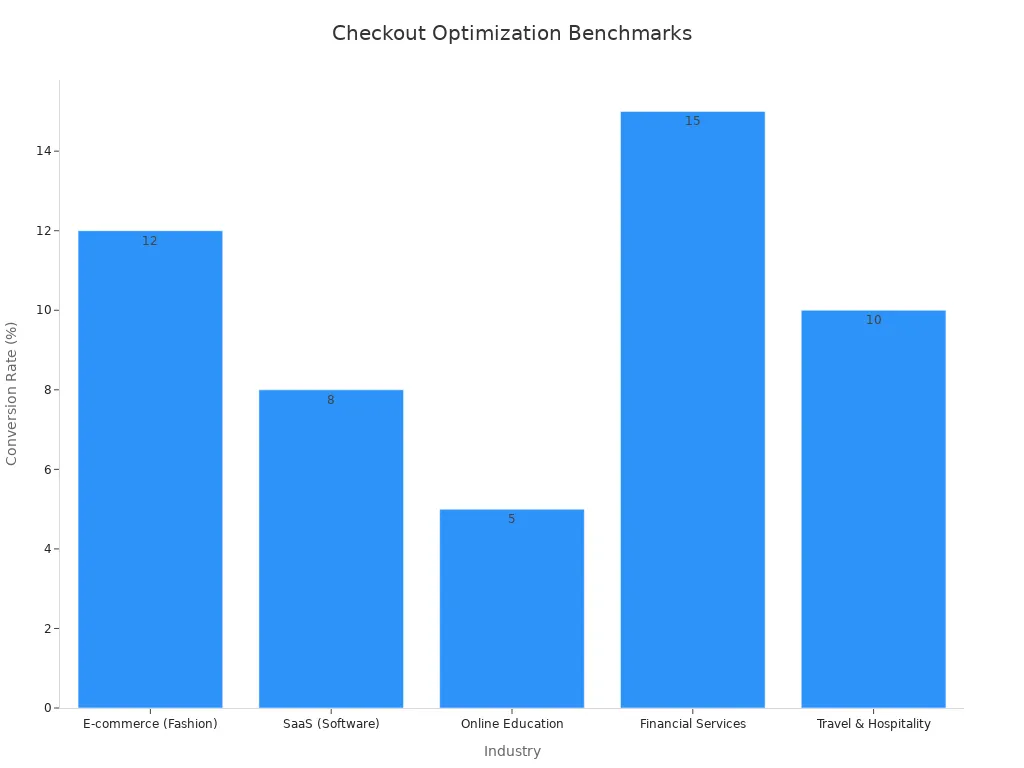
To optimize your checkout process, aim for fewer than eight form fields. Combine fields where possible, like using one for a full name instead of separate ones for first and last names. This small adjustment can make the experience smoother and encourage more customers to complete their purchases.
Provide Multiple Payment Options
Imagine finding the perfect product, only to discover your preferred payment method isn’t available. Frustrating, right? Offering multiple payment options ensures that every customer can pay in a way that feels comfortable and secure.
Here’s how it helps:
| Key Point | Description |
|---|---|
| Impact on Conversion Rates | Multiple payment options reduce friction and directly increase conversions. |
| Cart Abandonment | Customers are more likely to abandon carts if their preferred method isn’t available. |
| Customer Trust | Familiar payment methods build trust and encourage purchases. |
Popular options like credit cards, PayPal, and digital wallets (e.g., Apple Pay or Google Pay) cater to a wide range of preferences. Adding region-specific methods, like Klarna in Europe or UPI in India, can further enhance your global reach. By accommodating diverse payment needs, you create a seamless checkout process that keeps customers coming back.
Tip: Display security seals near payment options to reassure customers about the safety of their transactions.
Personalizing Customer Experiences with Sobot Live Chat
Use Sobot Live Chat for Real-Time Customer Support

Real-time customer support can make or break your ecommerce experience. When customers have questions, they want answers fast. Sobot Live Chat delivers instant support across multiple channels, including websites, apps, and social media platforms like WhatsApp and Instagram. This omnichannel approach ensures you’re always available when your customers need you most.
Here’s how Sobot Live Chat improves conversions:
| Metric | Result |
|---|---|
| Reduction in inbound discussion volume | 20% |
| Increase in positive feedback | 96%+ |
| Correct answers provided by AI | 80%+ |
| Customer satisfaction rate | 95%+ |
| Self-service question resolution | 22.2% |
| Customer satisfaction score (CSAT) | 97% |
| Problem resolution rate | 85% |
| Customer happiness rate | 99% |
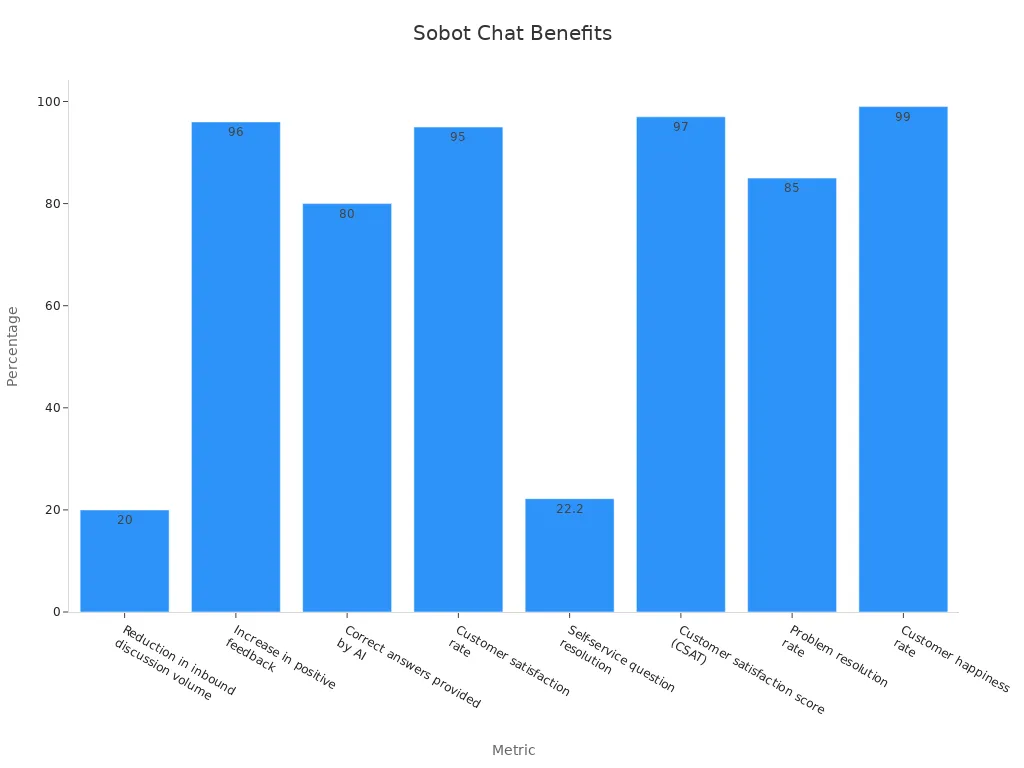
Sobot’s AI-powered tools also reduce response times and improve accuracy. For example, businesses using Sobot Live Chat report a 25% increase in customer satisfaction and a 3-hour reduction in response times. These improvements free up your support team to focus on strategic growth initiatives.
Offer Tailored Product Recommendations Using AI
Personalized experiences are the cornerstone of modern ecommerce. Sobot’s AI solution uses historical customer data to predict preferences and suggest products that align with their interests. If a customer browses athletic shoes, the system might recommend fitness trackers or workout gear. This approach enhances the shopping experience and encourages repeat purchases.
Why does this matter?
- 37% of shoppers say personalized product suggestions increase their purchases.
- Tailored recommendations boost customer loyalty and lifetime value.
- AI-driven insights help you optimize your inventory and marketing strategies.
With Sobot’s AI, you can even run a/b tests to refine your recommendation algorithms. Test different product placements or messaging styles to see what resonates most with your audience. These small tweaks can lead to big gains in conversions.
Re-Engage Visitors with Targeted Email Campaigns
Sometimes, visitors leave without making a purchase. Targeted email campaigns can bring them back. Sobot’s AI-powered tools help you segment inactive users and craft personalized messages that reignite their interest.
For example, an online bookstore used a re-engagement email offering a 15% discount to inactive users. This campaign reactivated 20% of the segment and increased sales by 25% in just two weeks. You can achieve similar results by following these steps:
- Define and identify unengaged subscribers.
- Segment them based on behavior and preferences.
- Automate your campaign to maintain contact with inactive users.
If your click rate is under 2%, it’s time to launch a re-engagement campaign. Include exclusive offers or surveys to understand what your customers need. Pair this strategy with a/b testing to optimize your email content and timing.
Tip: Keep your opt-out rate below 0.3% by ensuring your emails are relevant and engaging.
Improving your ecommerce conversion rate isn’t a one-time task—it’s an ongoing journey. By simplifying navigation, optimizing checkout processes, and leveraging tools like Sobot Live Chat, you can increase conversion rates and create a seamless shopping experience. Continuous experimentation is key. For instance, businesses that ran over 200 UX and personalization experiments saw a 39.5% boost in conversions, with record-breaking sales during Black Friday campaigns.
Tracking your progress is just as important. Conversion tracking helps you measure the impact of changes, like abandoned cart flows generating $3.65 per recipient or welcome emails bringing in $2.65. These insights guide your next steps and ensure your strategies stay effective.
Start small. Implementing features like real-time support or personalized recommendations can immediately increase conversion rates while building customer trust. With tools like Sobot Live Chat, you’re not just improving numbers—you’re creating lasting relationships with your customers.
FAQ
What is a good e-commerce conversion rate?
A good e-commerce conversion rate typically falls between 2.5% and 3%. If your rate exceeds 3.2%, you're outperforming 80% of online stores. Focus on creating high-quality shopping experiences to boost your numbers.
How can I reduce shopping cart abandonment?
Simplify your checkout process. Offer guest checkout, minimize form fields, and provide multiple payment options. Adding urgency, like limited-time discounts, can also encourage online shoppers to complete their purchases.
Why are product reviews important for e-commerce?
Product reviews build trust and influence buying decisions. They show potential customers that others value your products. Adding reviews to your site can increase ecommerce conversion rates and improve your landing page conversion rate.
How does urgency impact e-commerce conversion rates?
Urgency motivates customers to act quickly. Limited-time offers or low-stock alerts create a fear of missing out, which can significantly increase ecommerce conversion rates.
What tools can help improve e-commerce conversion rates?
Tools like Sobot Live Chat provide real-time support and personalized recommendations. These features enhance customer satisfaction and drive conversions by addressing concerns instantly.
See Also
Increase Sales Using Ecommerce Live Chat Solutions
10 Strategies to Enhance Customer Satisfaction via Live Chat
Explore 12 Essential Live Chat Tools for Shopify Growth
